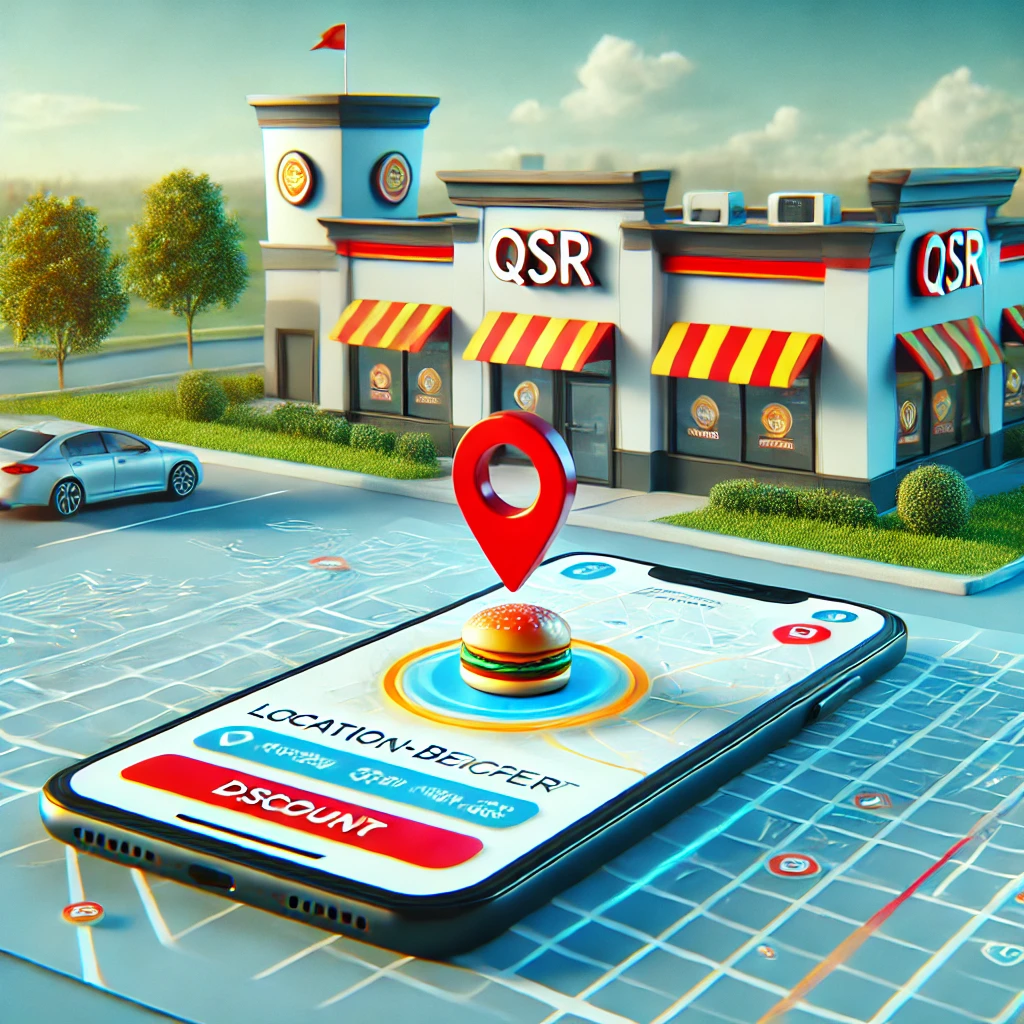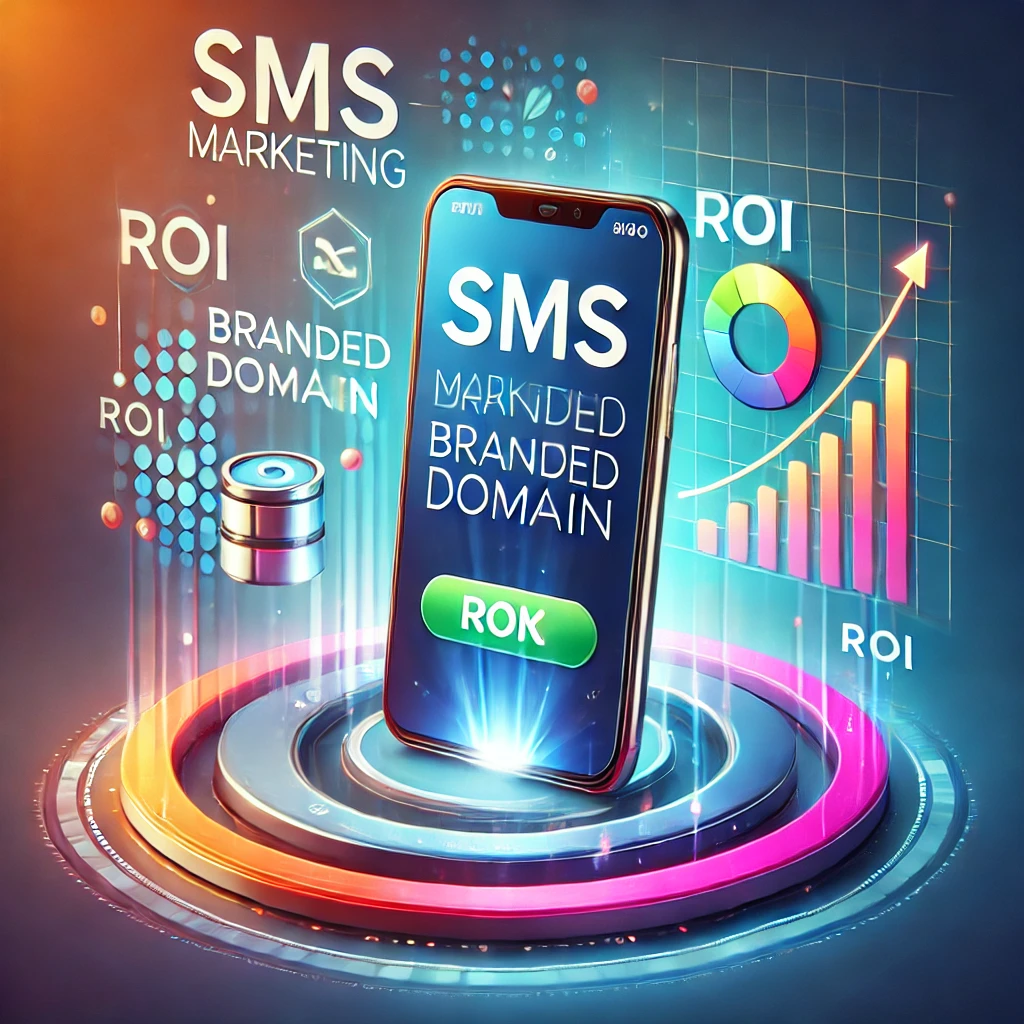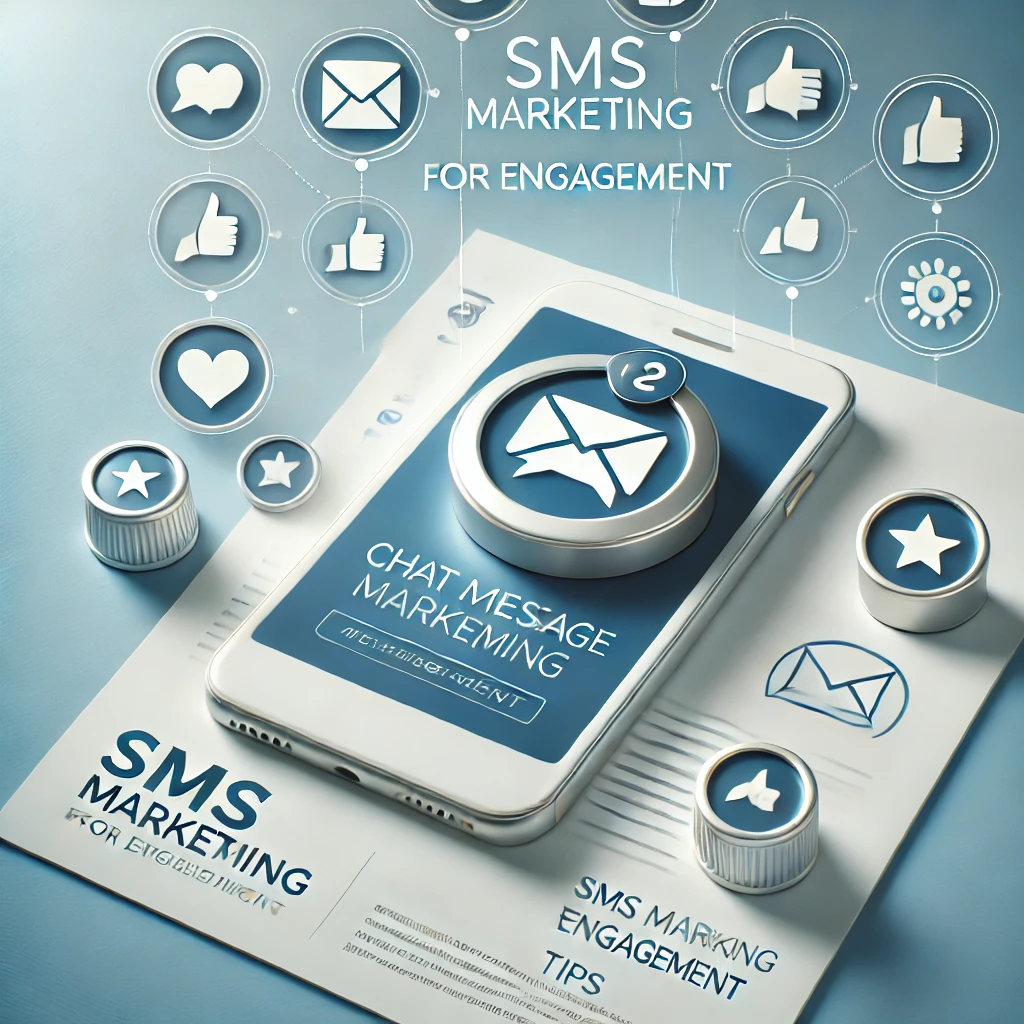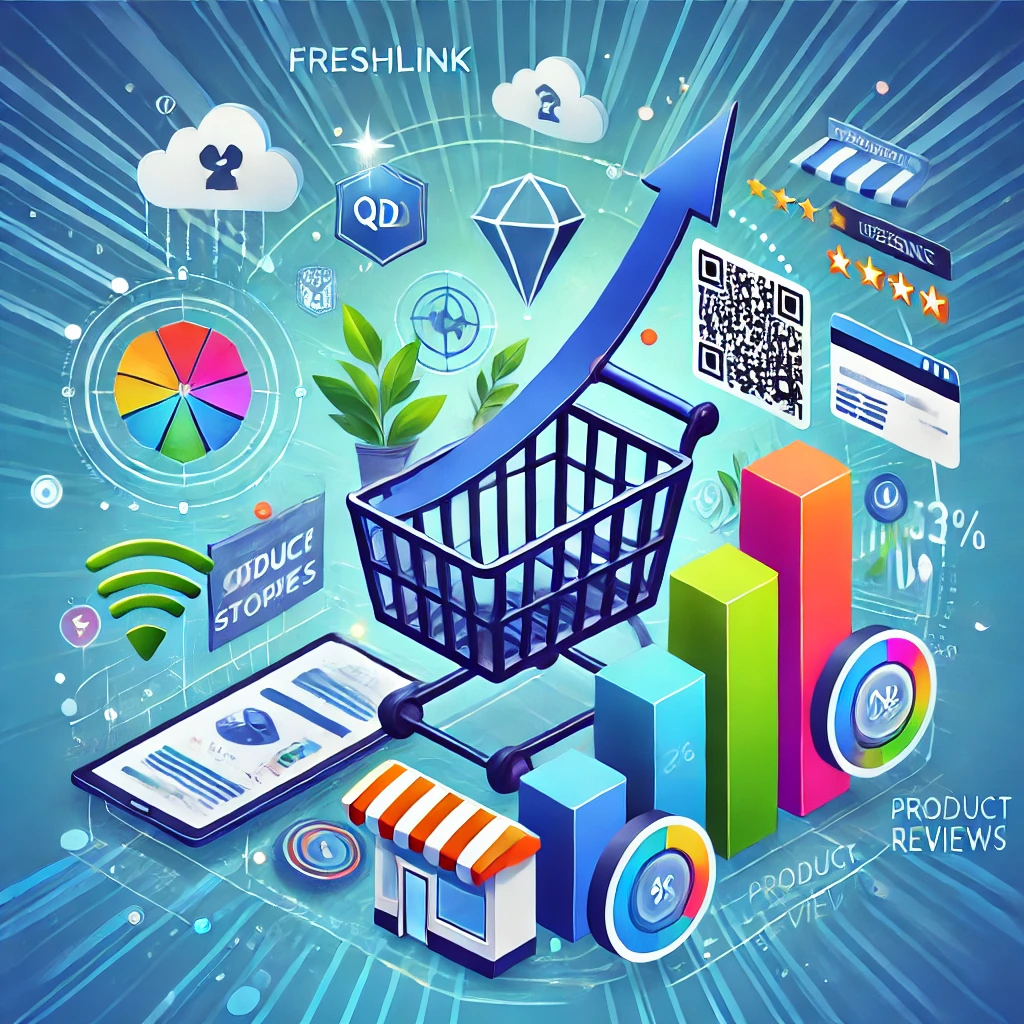Digital Marketing
QSR Location-Based Engagement: How Quick-Service Restaurants Can Boost Customer Experience

In today's fast-paced world, quick-service restaurants (QSRs) are constantly seeking new ways to engage customers and enhance their dining experience. One of the most effective strategies gaining traction is location-based engagement, a technology-driven approach that allows QSRs to deliver personalized offers, services, and interactions based on a customer's location.
This article will explore how QSRs can use location-based engagement to drive customer loyalty, increase sales, and streamline operations. We’ll also dive into how Freshlink’s tools can amplify these efforts, providing a seamless and data-driven approach to customer interaction.
What is Location-Based Engagement?
Location-based engagement uses technologies like GPS, Wi-Fi, Bluetooth, and geofencing to identify a customer’s proximity to a QSR and trigger relevant interactions. These interactions can include sending push notifications, personalized offers, or reminders to customers when they are near a restaurant or in a specific area.
By leveraging this technology, QSRs can engage with customers at the right time and place, offering real-time incentives that increase foot traffic and improve the overall customer experience.
Key Benefits of Location-Based Engagement for QSRs
1. Personalized Customer Experiences
Personalization is a critical component of modern marketing, and location-based engagement allows QSRs to deliver highly tailored experiences. For example, a QSR could send a push notification offering a discount on a customer’s favorite meal when they are nearby, enticing them to stop by for a bite.
Freshlink Advantage: Freshlink’s dynamic QR codes can further enhance this experience by linking customers to personalized landing pages or offers. You can update content in real time, ensuring the customer always receives the most relevant information.
2. Increased Foot Traffic
Location-based engagement is an excellent tool for driving foot traffic to your QSR. By sending timely offers and promotions when customers are near your restaurant, you can entice them to visit. This is especially effective during non-peak hours when you want to fill your restaurant with more customers.
Pro Tip: With Freshlink’s analytics tools, you can track which offers and messages resonate most with your audience, allowing you to refine your strategy for maximum foot traffic.
3. Improved Customer Loyalty
QSRs can use location-based engagement to reward loyal customers and build long-term relationships. For instance, you can send personalized discounts or rewards to customers who visit frequently or offer special perks for customers near your location during their birthday month.
4. Efficient Operations
In addition to engaging customers, location-based engagement can streamline QSR operations. For example, using geofencing technology, QSRs can prepare orders as soon as a customer is near, reducing wait times and improving the overall customer experience.
How Does Location-Based Engagement Work?
Location-based engagement relies on several technologies to accurately determine a customer’s location and trigger interactions:
1. Geofencing
Geofencing creates a virtual boundary around a specific location, such as a restaurant or a neighborhood. When a customer enters this area, it triggers an automatic response—such as sending a push notification or offer. Geofencing is one of the most common methods for QSRs to engage with customers in real-time.
2. GPS
Global Positioning System (GPS) is a widely-used technology for tracking customer locations. It allows QSRs to send offers or notifications when customers are near a restaurant, ensuring timely and relevant interactions.
3. Bluetooth Beacons
Bluetooth beacons use short-range communication to interact with nearby devices. When customers are within range of a beacon, they receive location-specific messages or promotions. This is particularly useful for QSRs in shopping malls or busy commercial areas, where proximity-based marketing can have a significant impact.
Use Cases for Location-Based Engagement in QSRs
Location-based engagement has endless possibilities for QSRs. Here are a few use cases that demonstrate how this technology can be applied:
1. Drive-Through Efficiency
QSRs with drive-through services can use location-based engagement to improve efficiency and reduce wait times. For example, when a customer who has placed an order via the mobile app approaches the restaurant, the system can alert the staff to begin preparing the order, ensuring it's ready upon arrival.
2. Time-Sensitive Promotions
QSRs can use location-based engagement to offer limited-time promotions based on the time of day or location. For instance, a coffee shop can send a special offer on breakfast items to customers in the morning as they pass by.
3. Event-Based Offers
During special events or holidays, QSRs can send location-based offers to customers near the venue. For example, a fast-food chain near a stadium might send offers to fans attending a game, encouraging them to stop by before or after the event.
Best Practices for Implementing Location-Based Engagement
While location-based engagement offers incredible opportunities for QSRs, it’s essential to implement it correctly to avoid annoying or overwhelming customers. Here are some best practices:
1. Respect Customer Privacy
Always obtain explicit consent from customers before sending location-based notifications. Allow customers to opt-in to receive location-based services and make it easy for them to adjust their preferences or opt-out at any time.
2. Avoid Overloading Customers
Sending too many notifications can lead to customer fatigue and cause people to unsubscribe. Be strategic with your messaging, ensuring that each interaction provides value and is relevant to the customer’s location.
3. Offer Genuine Value
Make sure that the offers or messages you send provide real value to the customer. Whether it's a discount, a loyalty reward, or a special promotion, customers should feel like they're receiving a benefit by engaging with your brand.
4. Leverage Data for Continuous Improvement
Location-based engagement provides a wealth of data that can help you refine your marketing strategy. Track customer responses to offers, analyze foot traffic patterns, and adjust your campaigns accordingly to maximize their effectiveness.
The Fresh Rundown
Location-based engagement offers QSRs a powerful way to connect with customers in real-time, driving foot traffic, increasing loyalty, and improving overall customer experience. By leveraging technologies like geofencing, GPS, and Bluetooth beacons, QSRs can deliver personalized, timely offers that encourage repeat visits.
With Freshlink’s tools, such as custom QR codes and analytics, QSRs can take their location-based engagement to the next level. By tracking user behavior, refining strategies based on data, and creating personalized experiences, Freshlink helps QSRs thrive in a competitive market. Ready to enhance your QSR’s engagement strategy? Let Freshlink help you make every customer interaction count!
Keep reading
More posts from our blog



